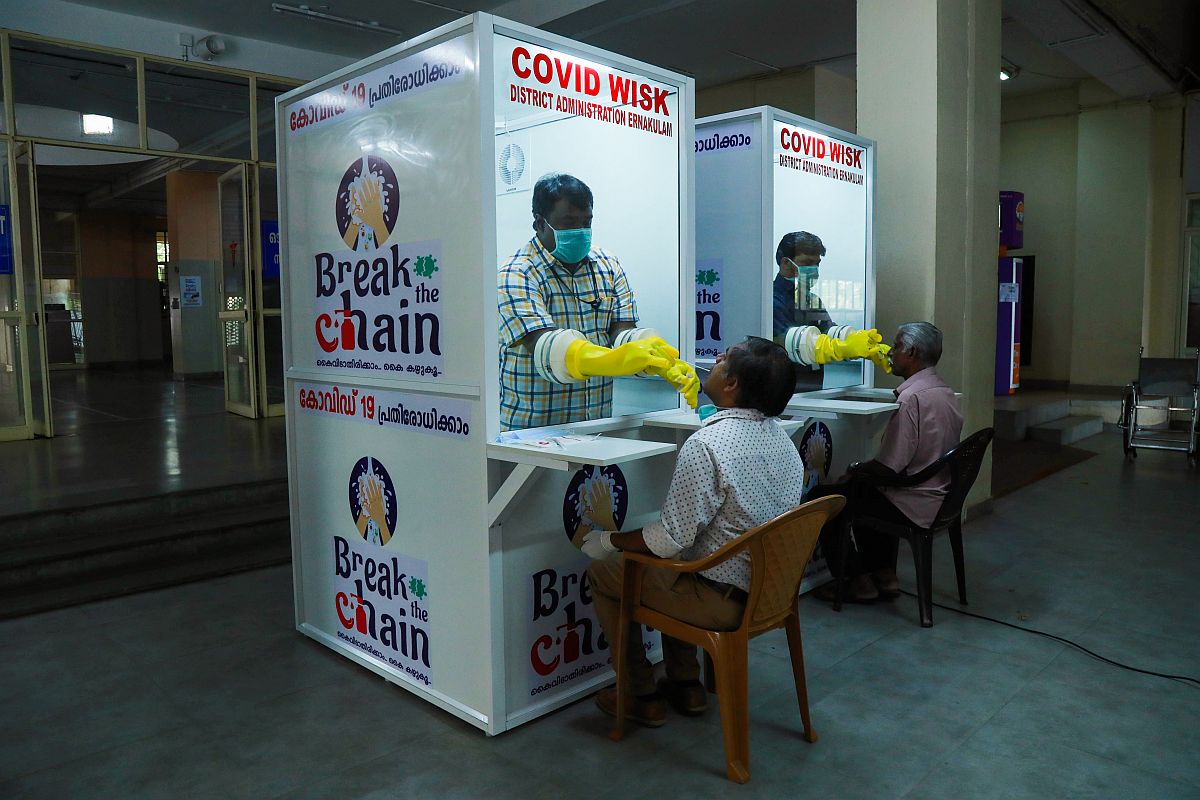Coronavirus has impacted human life in a manner unseen for a century. Huge numbers of infected have shaken even advanced health care systems. A few nations which acted in time have been able to control its spread. This despite inaccurate inputs and data from China, where it originated. Current research indicates that had China shared correct data even a week earlier, global casualty figures could have dropped by two-thirds.
The virus has impacted economies and led to nations battling the virus in isolation. No country has employed a wholly successful strategy, as such a virus has not hit the globe in recent times. This is compounded by the fact that a vaccine to negate its spread has yet to be developed. Many Western nations claim to have reached the peak when figures of infected or loss of lives begin to decline. Is this a correct assessment?
Singapore adopted it and the reemergence of the virus indicates that it was possibly wrong. Taiwan and Hong Kong, countries located closest to China, which should have been heavily affected, acted in time and contained the impact. These two nations adopted a near similar strategy including medical screening of passengers from China from early January, suspending visas, barring visitors from China, isolating those with history of visit to that country and imposing strict fines for quarantine violations.
In addition, use of masks and social distancing were implemented early. These were backed with aggressive testing. Basically, these were containment strategies. Currently, there is no proactive strategy aimed at eradicating the virus. In countries where the virus spread rapidly, such measures were delayed. In Europe, social distancing is not the norm and hence implementing it is difficult. The US and Europe remained confused on whether to continue economic activities or lock down to protect lives. Delayed decisions by President Donald Trump led to the US having maximum casualties.
Ultimately all nations adopted similar containment strategies. Many European nations believing that they have flattened the curve are considering opening their economies. Similar words continue to echo from Trump. Nations which adopted a containment strategy from the outset are reopening their economies in a phased manner. The Indian government began monitoring the situation in China well in advance.
It ignored advice being rendered by the WHO in favour of its own Indian Council of Medical Research (ICMR) which was brought into the picture in time. Currently with the WHO facing flak, the Indian decision proved correct. India acted in the first week of February and began screening those coming from abroad. It commenced this in Kerala and subsequently across all international airports. On 19 March, the PM addressed the nation and imposed a ‘Janata Curfew’ on 22 March, after which he ordered a three-week lockdown from 25 March.
It has now been extended to 3 May. While cases continue to rise, figures have not yet risen to a level to cause national panic. India reached 10,000 cases in 78 days as compared to 54-58 days in Europe and US. South Korea reached the same milestone in 71 days. The Indian strategy was to contain and delay the spread so that when it peaks, the nation possesses resources to battle it. India took steps beyond those adopted by Taiwan and Hong Kong due to domestic compulsions, which include a rudimentary health care system and a large and densely located population.
A large mass of urban Indians live in crowded shanties where if the virus is not controlled, it can spread rapidly making it a major challenge. Further the Indian economy had already taken a beating and could not be locked down for a prolonged period. India had to adopt additional measures to enable the country to build its resources to combat the virus in case the spread reached alarming proportions. These measures included identifying and sealing hot spots forcefully, activating armed forces and railways to establish isolation and quarantine centres across the country, enhancing testing facilities and bringing private hospitals into the battle against the virus.
India also restricted testing to suspect cases and hotspots. The introduction of the Aarogya Setu App created by the National Informatics Centre was another important initiative. The app is designed to track Coronavirus cases in one’s vicinity. The app has witnessed over 50 million downloads in just 13 days, setting a global record. These actions gave the government time to produce and import medical protective gear, testing kits and ventilators which would be essential as cases peak.
Having been able to control the spread, India then began reaching out regionally and globally, bringing nations together in battling the virus. It also provided nations with medical supplies and assistance as needed. Indian actions have been applauded globally. At the end of three weeks of lockdown, India’s active cases stood above the 10,000 mark and are currently above 16,000. This despite a few major incidents which led to a spike in figures including carelessness of few religious congregations and mass movement of migrant workers from metros to their villages.
Each of them added to challenges of state and central governments, many of whom were able to contain them. Indian society, displaying largesse, reached out and began distributing food and rations to those in need. Globally, India is under watch. If its strategy succeeds, it would be amongst the best placed to kickstart its economy, an action it has slowly commenced. Hence, it cannot afford to lose. The next few weeks are critical.
For this, cooperation from the local public along with the strong arm of law enforcement agencies to control those violating government guidelines, preventing medical authorities from conducting medical checks and instigating innocents to indulge in mass activities, is essential. State governments and the Centre must forget their different ideologies and work together to control the spread and restore normalcy. Finally, to ensure success, we citizens must do our share by implementing government directives.
(The writer is a retired Major-General of the Indian Army)











